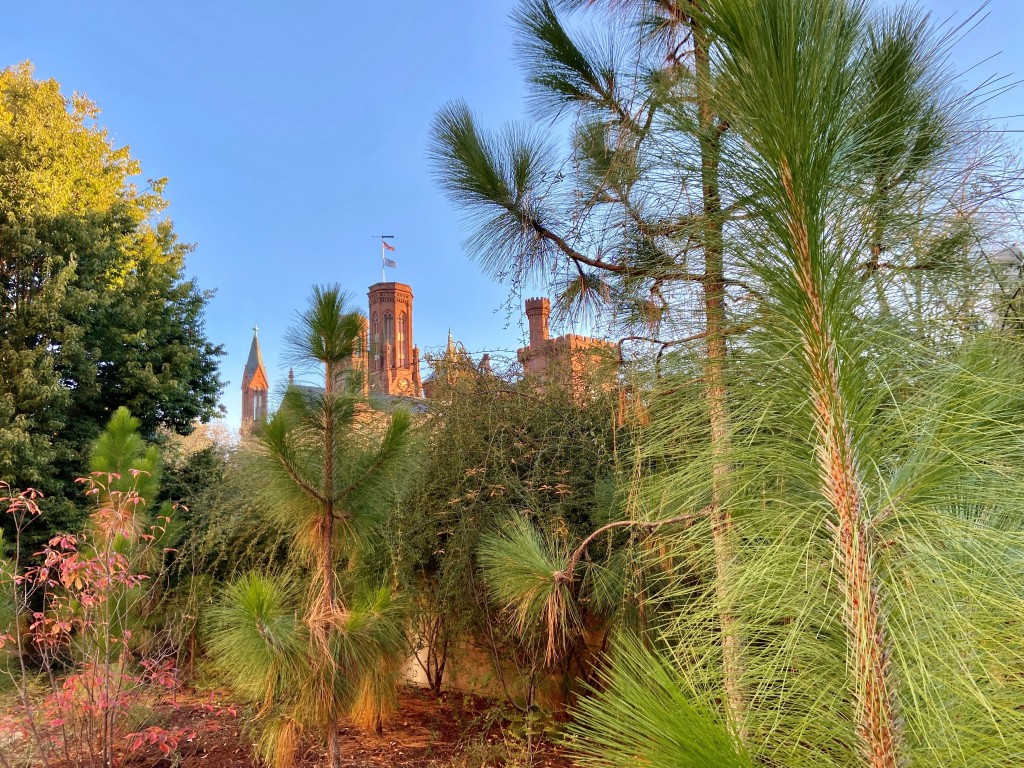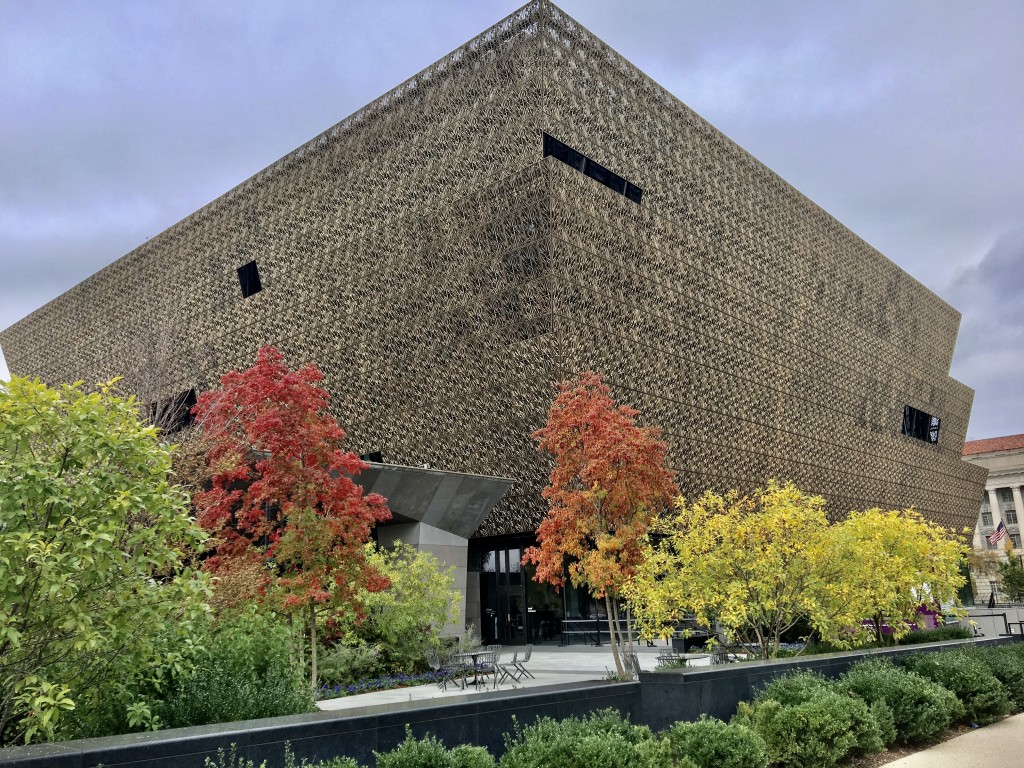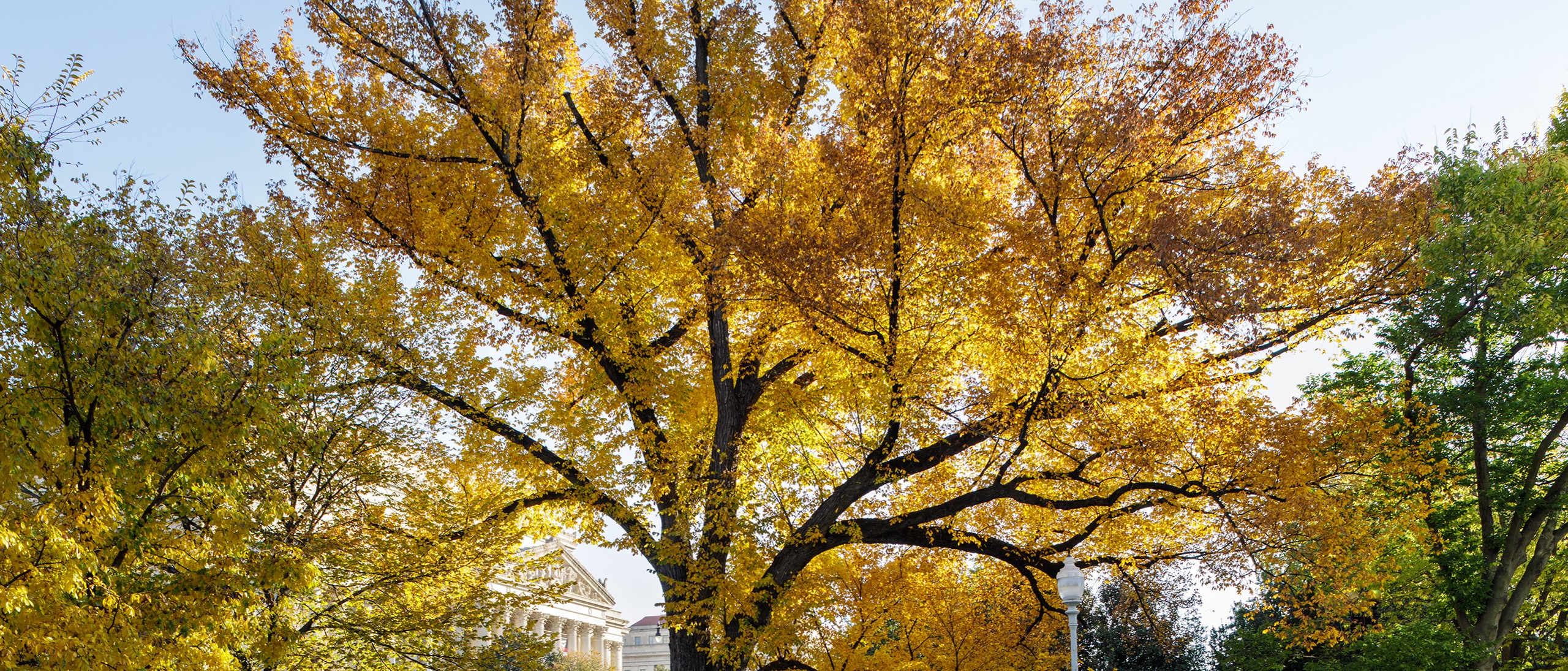Happy Arbor Day! Celebrate Diversity for Arbor Day
It’s an American ideal: our strength is in our diversity.
The same applies to our urban trees and urban forests. The diversity of the trees we plant serves as the foundation for the health, strength, and resilience of our urban forests as a whole. Each type of tree comes with its own unique attributes, and every tree planting site comes with its own unique conditions and challenges over time. Tree diversity is the insurance to protect against the unexpected and unknown. It’s also a tool to manage the challenges we already expect and know will happen. When one type of tree inevitably struggles, other nearby trees band together and fill the gap. A healthy, strong, and resilient urban forest makes life better for us all, enhancing our quality of life by providing beauty, shade, comfort, and a wide range of environmental benefits.

The elm-ash catastrophe of the last 100 years is perhaps our greatest lesson learned. The widespread monotypic planting of the American elm in the early 20th century both amplified the species’ vulnerability to the spread of Dutch Elm Disease and magnified the emptiness caused by widespread tree mortality. The subsequent extensive planting of ash trees to replace the lost elms heightened both the ash’s vulnerability to the spread of the Emerald Ash Borer and the effects of widespread tree mortality again. A diverse tree planting palette offers an alternative ending to this repeating narrative.
How much diversity is enough? Two decades ago Frank Santamour, a research geneticist at the U.S. National Arboretum, suggested a planting guideline of no more than 30% in the same plant family, no more than 20% in the same genus, and no more than 10% of the same species. Several updates to this guideline have been proposed since then, and there’s been plenty of discussion about the scale at which these considerations apply. There are many opinions, but most arrive at one consensus: more tree diversity is a good thing for our urban forests.


How can you celebrate tree diversity for Arbor Day? Plant a tree that celebrates diversity, of course! The Smithsonian Gardens Tree Collection contains almost 300 types of trees to explore, most of which are readily accessible to the public. This includes trees from 190 species and hybrids, 74 genera, and 48 plant families with those numbers growing over time. One of our key collecting focuses is continually building a diversity of uncommon, underutilized, and unique trees in our gardens that offer alternatives to overplanting the same trees we see everywhere. You can explore the diversity in our tree collection at Garden Explorer.
Don’t forget tree planting basics. Remember to find the right tree for the right place: the right size to fit the space and the right tree for sun, moisture, and drainage conditions. Make sure to review invasive species lists before making a choice. Dig a wide planting hole. Find the root flare before you plant and plant the flare above the mulch line. Place mulch in “donuts,” not in “volcanoes.” And water, water, water.
Our strength is in our diversity. Celebrate diversity for Arbor Day.

